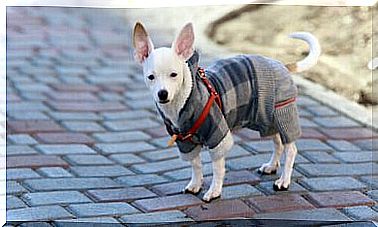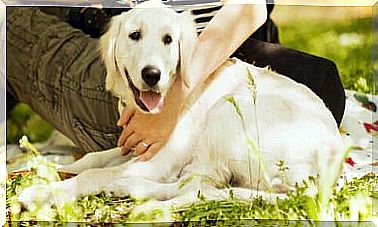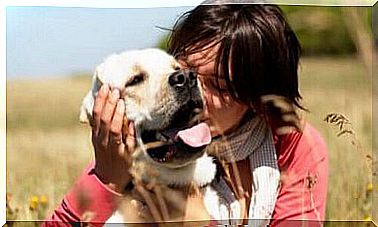How Do Dogs Process Human Words?
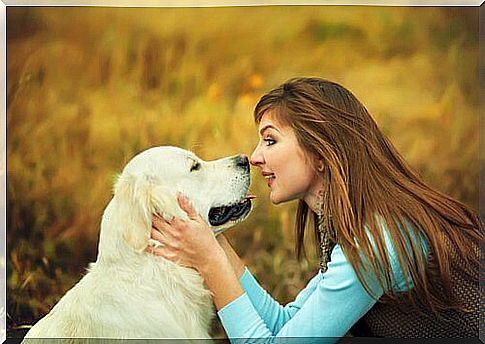
On many occasions, dogs seem to understand what we are telling them. But do you know how dogs process human words?
Experimental results from a new study suggest that dogs have at least a rudimentary neural representation of the meaning of the words they are taught.
The study also suggests that dogs differentiate between words they’ve heard before and those they’ve never heard.
The research was published in mid-October 2018, in the journal Frontiers in Neuroscience , by scientists from Emory University (USA).
This is one of the first studies to use brain imaging to test how dogs process human words to associate them with objects.
How Dogs Process Human Words
The researchers propose as an example a dog that perks up and even runs to a window when it hears the word “squirrel”.
What does this word mean to the dog? Does it mean: “pay attention, something is happening”? Or does the dog really conjure up the image of the squirrel in your mind? After all, how do dogs process human words?
Researchers explain that many dog owners think their dogs know what some words mean.
However, there really isn’t much scientific evidence to support this belief. What they wanted with the study was to get data from the dogs themselves, not just what their owners say.
In this sense, researchers recognize that the fact that dogs have the ability to process at least some aspects of human language is well known.
After all, dogs can learn to follow verbal commands. However, past research suggests that dogs can use other cues to follow a verbal command.
Among them, the look, gestures and even the emotional expressions of their owners. So it was interesting to know how well dogs understand words. That is, how dogs process the words of humans.
How was the survey conducted
The researchers focused on questions about the brain mechanisms that dogs use to differentiate words. They even investigated what constitutes a word for a dog.
It should be noted that, for the study, it was necessary to use trained dogs to voluntarily enter a functional magnetic resonance imaging (fMRI) scanner. This is because they needed to remain immobile during the test, without restriction or sedation.
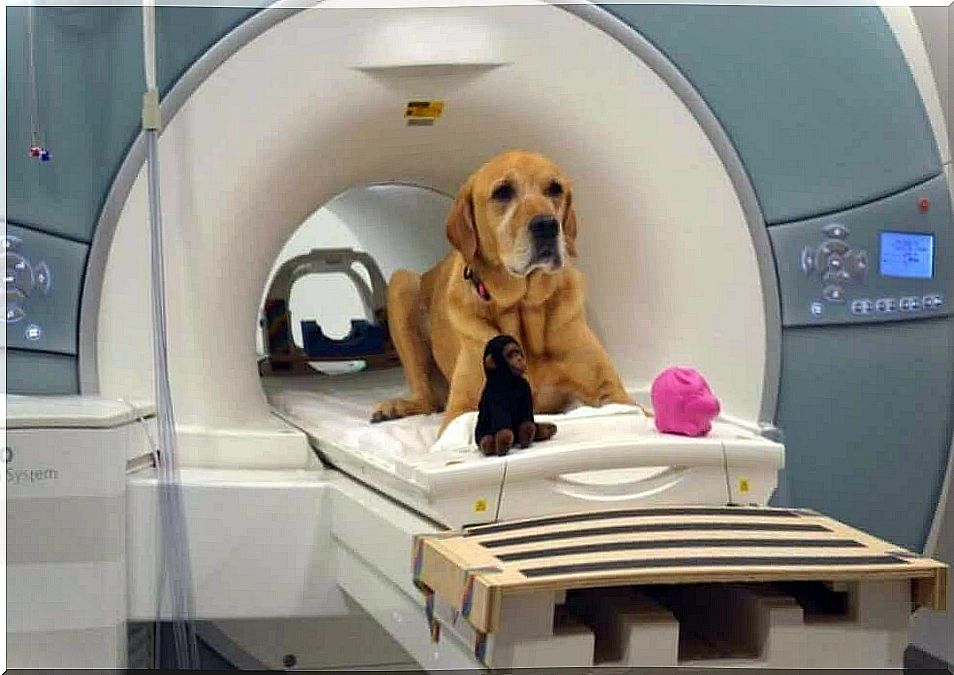
Magnetic resonance study in dogs
For this study, 12 dogs of different breeds were trained to retrieve two different objects based on the object names.
In each dog’s pair of objects, there was one with a soft texture, like a stuffed animal. Also, the other one had a different texture, like rubber, to make it easier to distinguish.
The training consisted of instructing the dogs to look for one of the objects and reward them with food or praise. Training was considered complete when a dog showed that it could discriminate between the two objects.
That is, when the dog constantly took the object requested by the tutor, while both objects were presented to the animal.
During an experiment, the trained dog lay down on the MRI machine. Meanwhile, the tutor was in front of him, at the opening of the machine.
Then the person would say the names of the dog’s toys at set intervals. Then he showed the dog the corresponding toys.
As a control, the owner would pronounce absurd words and show new objects, such as a hat or a doll.
Analysis of Results: How Dogs Process Human Words
The researchers acknowledge that they expected to see dogs discriminate between words they knew and words they didn’t.
However, they were surprised to see that the result was the opposite of research on humans. That is, people tend to show greater neuronal activation for familiar words compared to new ones.
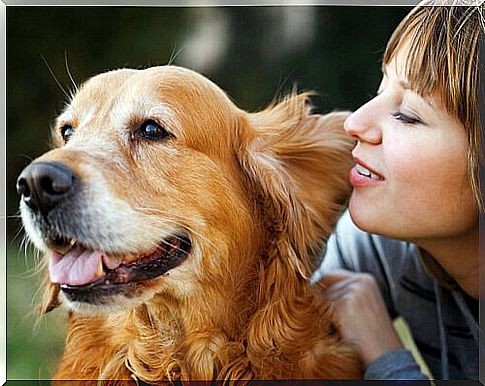
The researchers hypothesized that dogs have greater neuronal activation to a new word.
According to them, animals feel that their owners want them to understand what they are saying. “Ultimately, dogs want to please their owners and perhaps also receive praise or food,” say the researchers.
dogs react to words
Half of the dogs in the experiment showed greater activation by the new words in their parietal-temporal cortex. This is an area of the brain that researchers believe is analogous to the angular gyrus in humans. Furthermore, this is where lexical differences are processed.
However, the other half of the dogs showed greater activity with new words in other regions of the brain. Including other parts of the left temporal cortex and amygdala, the caudate nucleus and the thalamus.
These differences may be related to a limitation of the study: the variation in breeds and sizes of dogs, as well as possible variations in their cognitive abilities.
In this regard, researchers recognize that the variety of brain shapes and sizes of dogs across all breeds is a major challenge in mapping the cognitive processes of the canine brain.
In this regard, researchers say dogs may have different abilities and motivations to learn and understand human words.
After all, according to the researchers: “they seem to have a neural representation of the meaning of the words they were taught, in addition to a low Pavlovian response.”
Conclusion
This does not mean that spoken words are the most effective way for an owner to communicate with a dog.
In fact, previous research by the same team showed that the dogs’ neuronal reward system is more attuned to visual and olfactory signals than to verbal ones.
